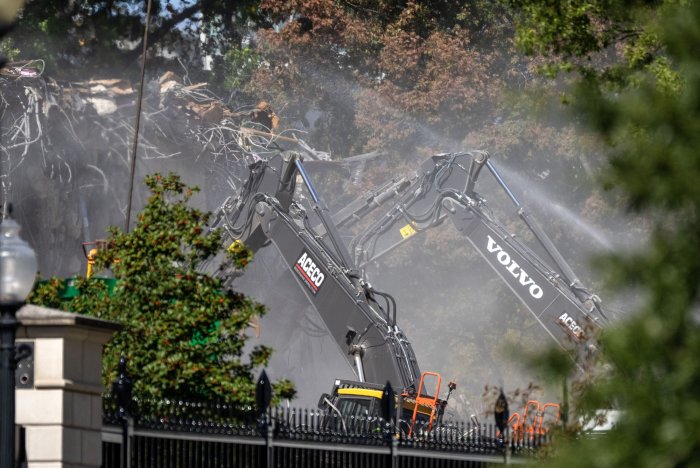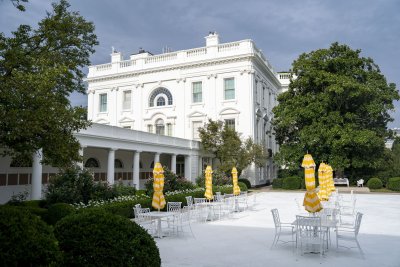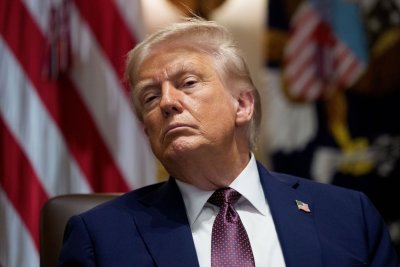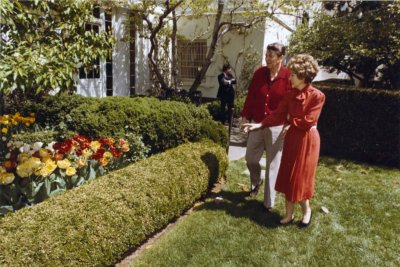$250M White House ballroom project grows in scope and raises concerns
Oct. 22 (UPI) — The East Wing of the White House is undergoing a more extensive renovation than initially announced during the $250 million ballroom-construction project.
President Donald Trump in July said the 90,000-square-foot ballroom construction would not affect the East Wing, but a White House spokesperson confirmed the entire East Wing is being “modernized,” ABC News reported on Wednesday.
A 7-foot-tall fence was placed around the East Wing that blocked views of the demolition and eventual construction on Wednesday.
Officials for the Washington-based National Trust for Historic Preservation on Tuesday asked for the demolition to stop in an open letter to the Commission of Fine Arts, the National Capital Planning Commission and the National Park Service, according to USA Today.
“We respectfully urge the administration and the National Park Service to pause demolition until plans for the proposed ballroom go through the legally required public review processes,” the letter said.
The organization’s leaders want a project consultation and review by the National Capital Planning Commission and the Commission of Fine Arts, “both of which have authority to review new construction and the White House and to invite comments from the American people,” the letter said.
A White House official on Wednesday told CBS News the ballroom’s plans will be submitted to the NCPC “at the appropriate time and hoping to do so soon.”
Those whose offices are subject to the renovation have relocated to the nearby Eisenhower Executive Office Building.
White House officials on Wednesday called the project a “transformative addition that will significantly increase the White House’s capacity to host major functions honoring world leaders, foreign nations and other dignitaries.”
Workers operating bulldozers on Monday began demolishing much of the East Wing, which houses the office of the first lady, a military office and other facilities.
Private donors are funding the reconstruction project, which includes strengthening the East Wing, and many attended a White House dinner on Thursday.
The East Wing ballroom project is the latest White House improvement planned by the president.
Trump earlier this year paid to install two flagpoles on the White House lawn and had part of the Rose Garden lawn covered with stone to support outdoor events.
Other presidents, likewise, have made changes to the White House and its East Wing.
President Theodore Roosevelt authorized the East Wing’s construction in 1902, which President Franklin Roosevelt rebuilt and expanded in 1942, among other renovation projects done by other presidents.
President Harry Truman also oversaw a complete reconstruction and modernization of the White House interior from 1948 to 1952 due to the building’s extensive state of disrepair.







